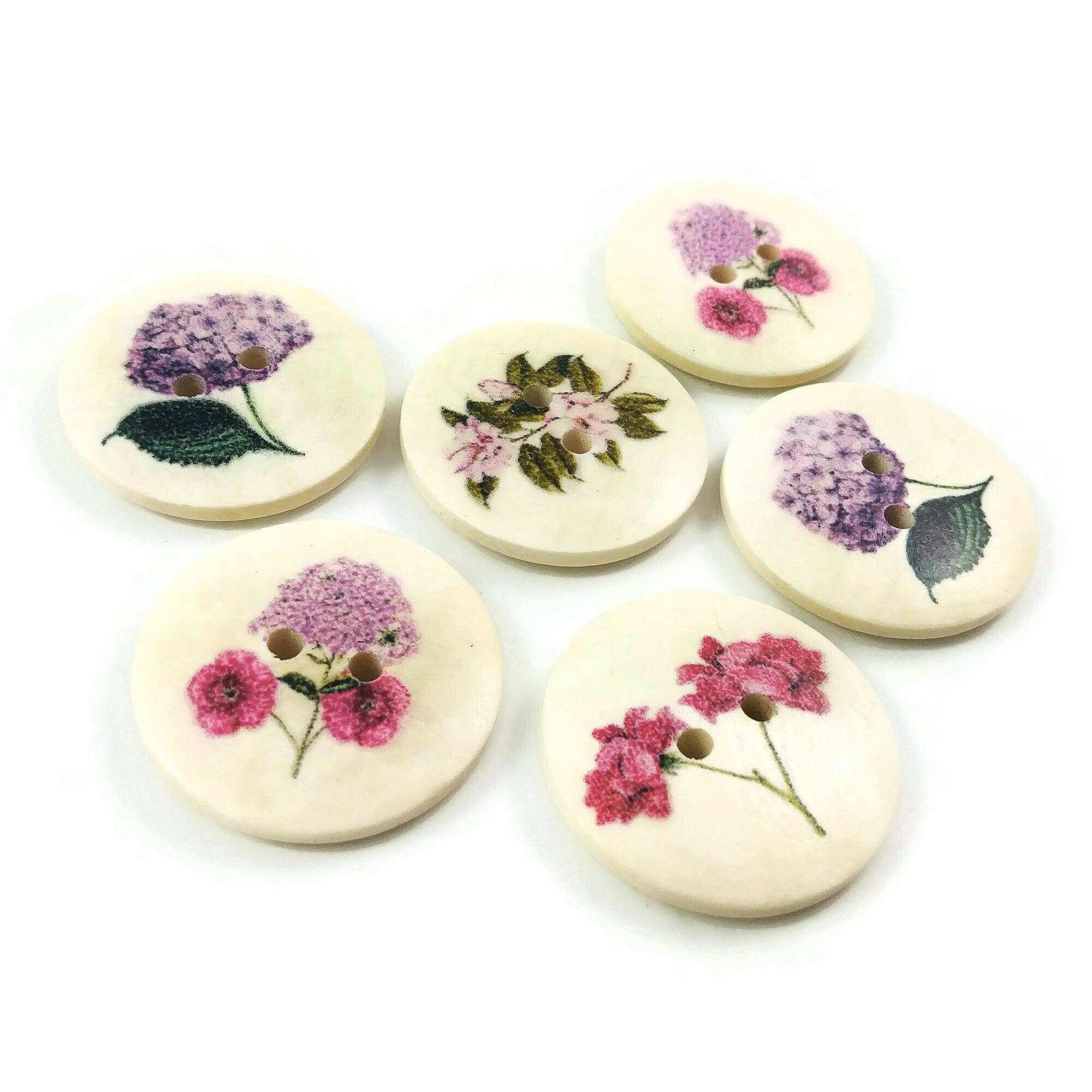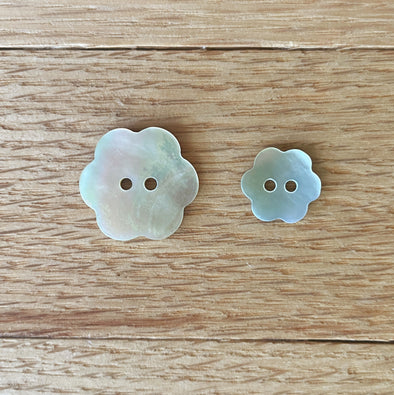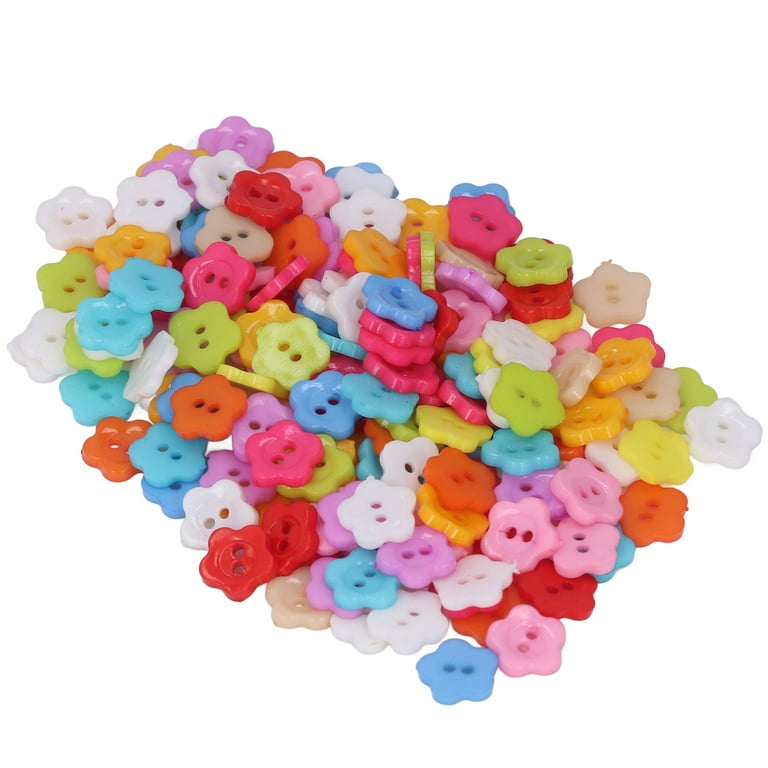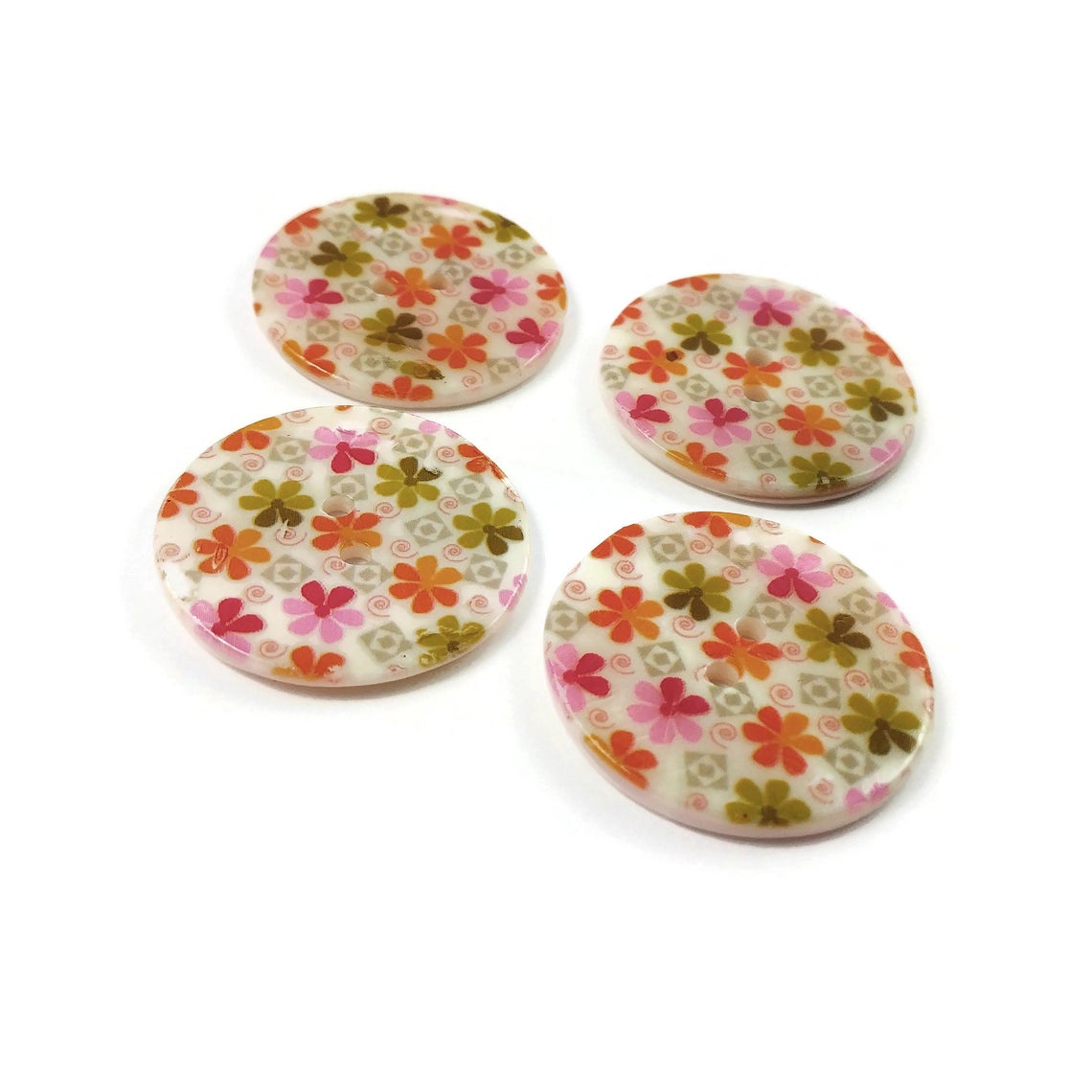
Toothache Plant / Szechuan Buttons / Electric Daisy Seeds
Want the finest heirloom seeds and great advice? We help you grow your best garden - from the soil to the seed to the food you love!
Szechuan Buttons – Effervescent, Champagne-like Zing
These bright yellow and red gumdrop-shaped flowers do what no other herb can – take you on a journey of your senses and stop you in your tracks. The experience is memorable.
The first bite of the bud pops slightly on your tongue – an unexpected juiciness with a slightly sour flavor immediately followed by a mild, pleasant tingling sensation. An effervescent, Champaign- like zing slowly dances around, giving way to a surprising yet welcome numbing, cooling effect.
Once you’ve tried it, you’ll never forget its multi–sensory experience, whether in food or drink.
Also known by the names of toothache plant, paracress, buzz buttons, electric daisy, Sansho Buttons, tingflowers, eyeball plant, peek-a-boo plant, jambu, and spilanthes.
Details
Spilanthes is in the Asteraceae family, along with daisies, dahlias, marigolds, sunflowers, zinnias, asters, chamomile and chrysanthemums but acts nothing like the rest of the family with its trademark tingly numbing effects.
It is a short edible flowering plant that grows to about 12-15” tall, readily bushes out and can easily spread 30” or more, forming dark green leafy mounds. Leaves are wavy with slightly serrated edges and raised veins, with mid to dark green coloring, darker on the top surface and lighter underneath.
First flowers usually appear in mid-June with individual stalks rising above the leaves showcasing a dark red button that elongates into a bright yellow outer ring with a red center, showcasing the “gumdrop” or “eyeball” nicknames. Flowers often reach 1/2” in diameter and 1” long.
Flowers repeatedly from early summer through fall, being most prolific during the heat of summer, only slowing down in mid-September as cooler morning temperatures arrive.
Mostly grown as an annual in North America but is perennial in tropical climates. Grows successfully in almost any growing container or garden as long as it is warm – does not tolerate cold, even a light frost will stop flower production.
History
Ethnobotanists believe spilanthes is most likely native to Brazil and spread throughout South America by pre-Columbian trade. Post-Columbian plant collecting and trade introduced spilanthes to Africa, India, the Caribbean, and parts of Asia where it has naturalized to become a deeply ingrained part of local cultural uses, both medicinally and culinary.
Uses
The leaves and flowers have been used for centuries as a medicinal agent for toothache, throat, and gum infections. The leaves and flower heads, particularly the young buds, contain a natural bioactive alkaloid – spilanthol – that acts as an analgesic and an antiseptic that numbs the tongue and gums and increases the production of saliva.
Freshly picked leaves are traditionally used as a seasoning or flavoring in salads, soups, and meats in Brazil as well as India.
Has natural antibacterial and anti-fungal properties, efficacy against malaria is well documented. Spilanthol, the main chemical compound, is an effective anti-parasitic.
A mouth rinse of spilanthes extract can be used daily to promote gum health. In vitro testing has shown that the plant’s extract has a strong effect against E.coli, pseudomonas, salmonella, klebsiella pneumonia, and staphylococcus albus, as well as inhibiting the growth of candida albicans.
Opera singers use a rinse of the flower extract to keep their mouth and throat moistened during performances.
Over the past few years, Szechuan buttons have become the darling of fusion food chefs and avant-garde bartenders wanting to push the envelope and give their clients a sensory experience that goes beyond just taste. They’re being used for everything from dipping salts to sprinkling onto raw fish to garnishing cocktails to adding snap to desserts.
Chef Bruce Kalman of Union in Old Town Pasadena uses the flowers in a beet ravioli dish, saying, “The Szechuan buttons fit in perfectly with the vibrant spring pasta, fava beans, peas, horseradish, and carrot broth, lending a fizzy sensation with a peppery, floral finish. It’s kind of like the 6th taste and definitely leaves a lasting impression.”
Mariena Mercer, the chief mixologist at The Cosmopolitan in Las Vegas, created “The Verbena,” the most widely ordered cocktail at the revered Chandelier Bar, even though it wasn’t initially listed on the menu.
This “exotic margarita” is made with a variety of citrus juices, tequila, a house-made ginger syrup, and a garnish of Szechuan flower.
“The cocktail itself is designed around the effects of the flower,” she says, and advises “chewing the button slowly and making sure all parts hit your tongue” before tasting the drink. “After eating the buzz button, all the flavors are highlighted and intensified. The citrus becomes almost electric and t…
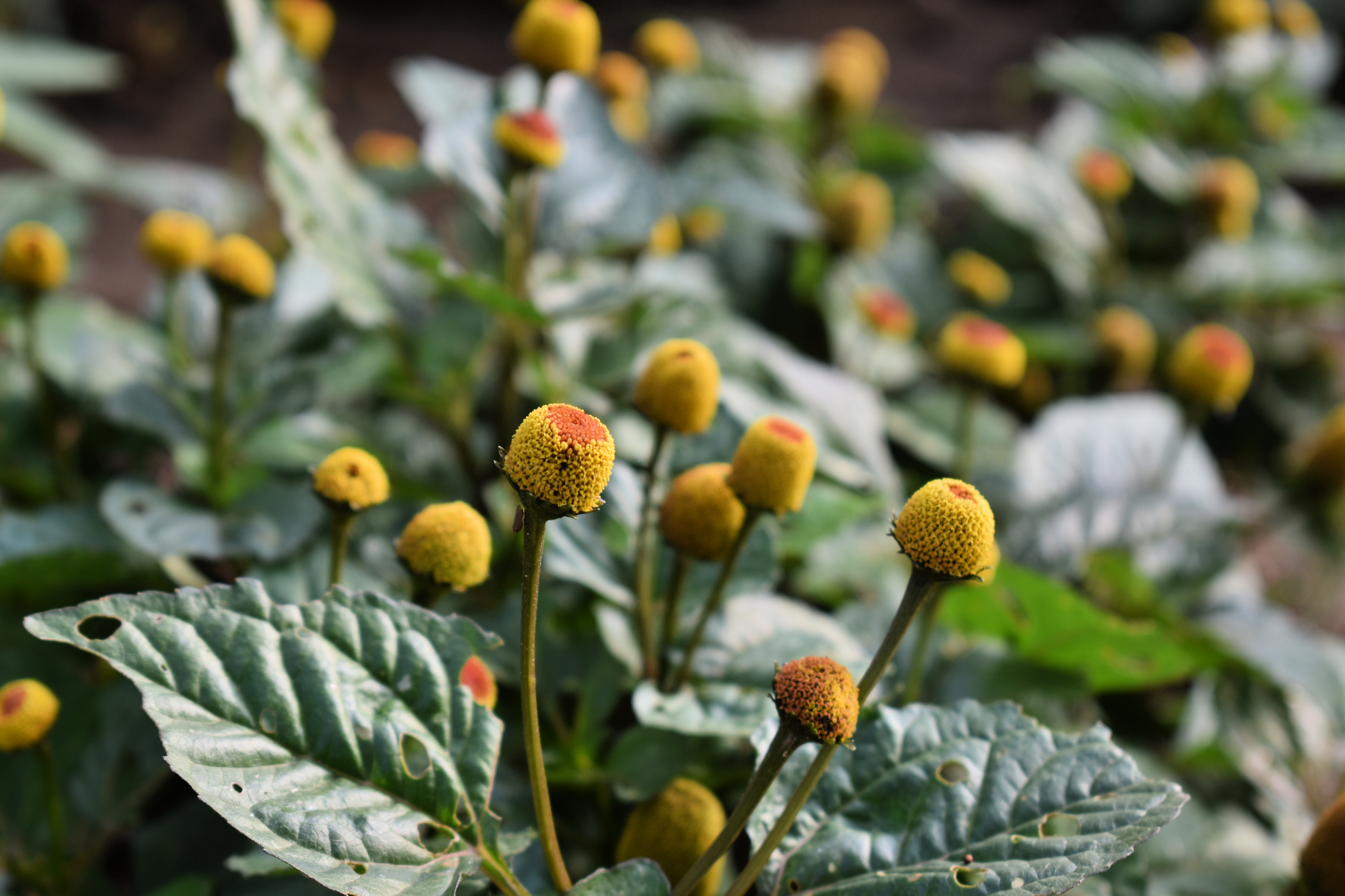
How to Grow Spilanthes
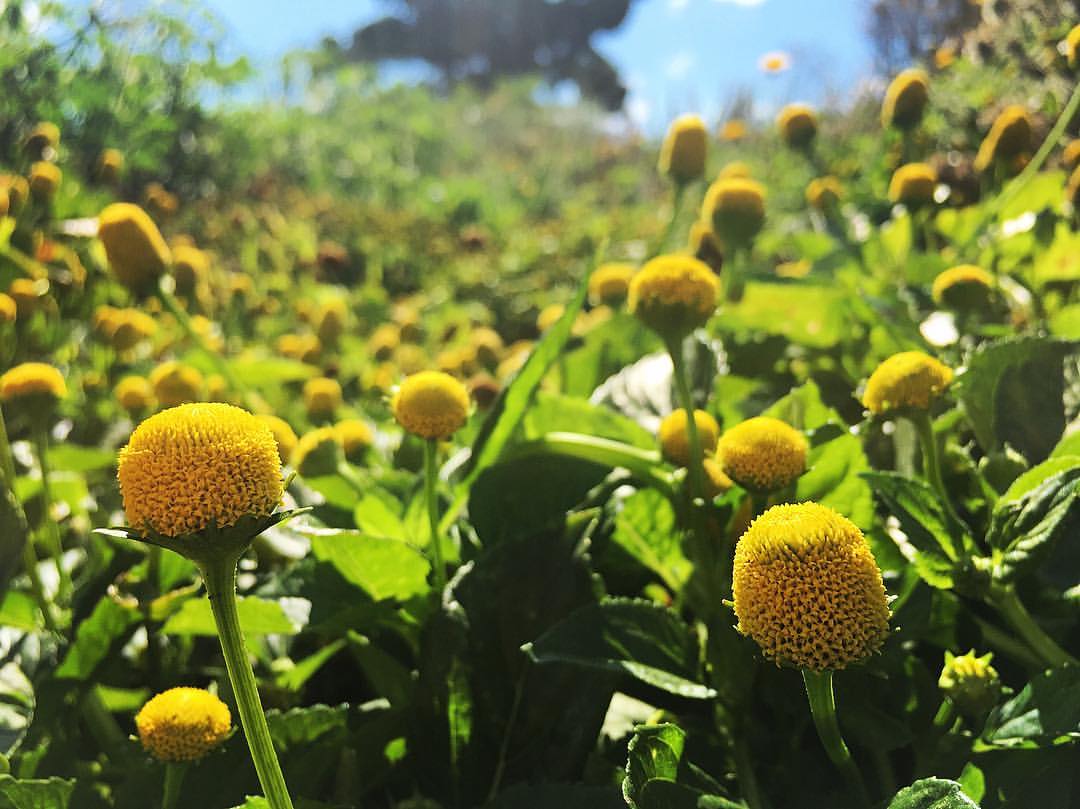
Spilanthes, Lemon Drop – Truelove Seeds

Heirloom Vegetable Herb & Flower Seeds for Great Gardens
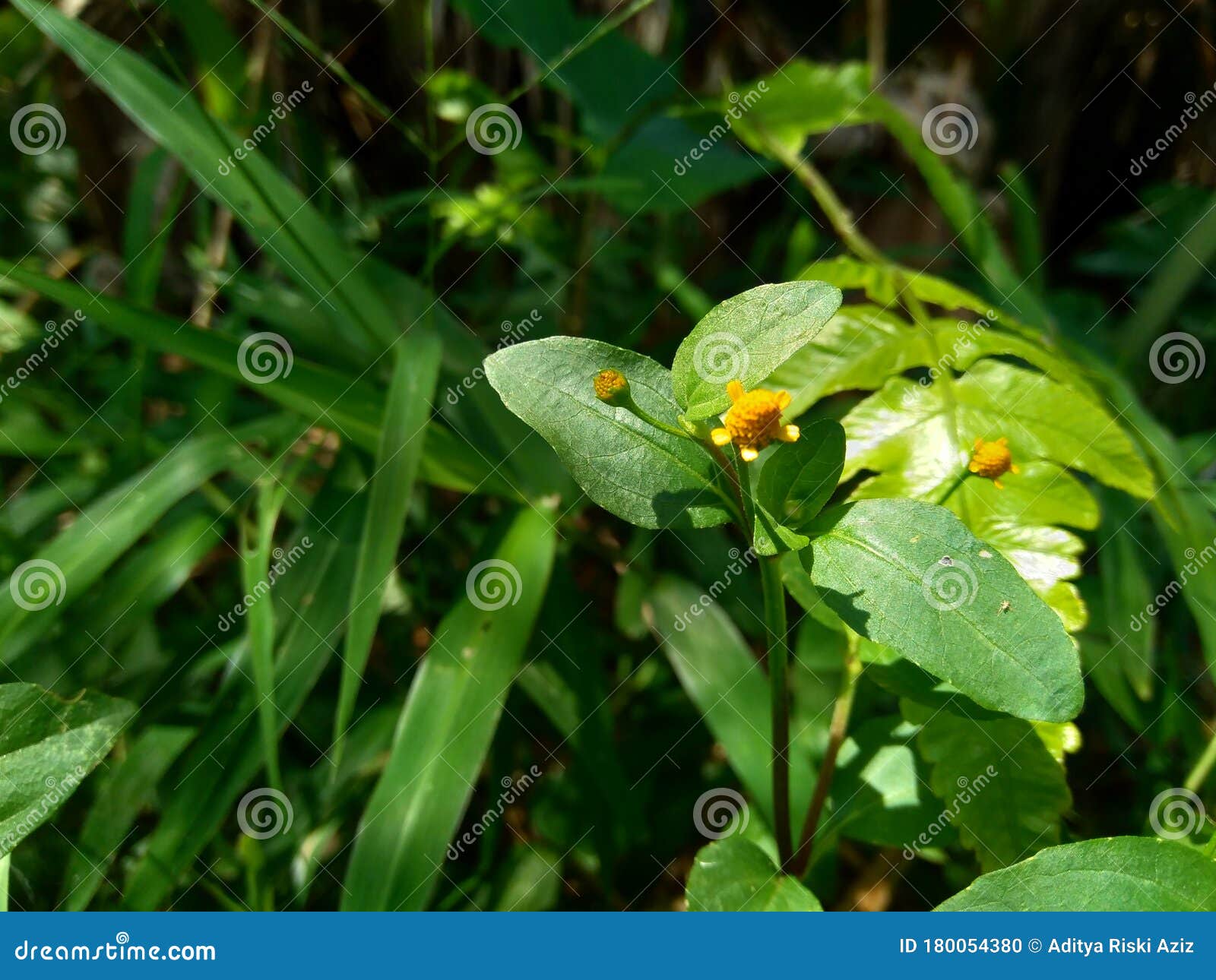
Acmella Oleracea Toothache Plant, Paracress, Sichuan Buttons, Buzz Buttons, Ting Flowers, Electric Daisy with Natural Background Stock Photo - Image of daisy, flora: 180054380
Eye-catching. The foliage of the eyeball plant makes a pleasing contrast to the flowers and is dark green with burgundy tones. The golden flowers are

QAUZUY GARDEN 100 Toothache Plant Seeds, Tingflowers, Electric Daisy, Szechuan Buttons, Paracress, Buzz Buttons Seeds - Showy Flowering Herb for

3,406 Buzz Button Royalty-Free Images, Stock Photos & Pictures

Heirloom Vegetable Herb & Flower Seeds for Great Gardens

Paracress Seeds - 250 mg ~1000 Seeds - Non-GMO Medicinal Herb Garden & Microgreens Seeds - Aka: Toothache Plant, Electric Daisy, Eyeball Plant, Peek-A

Rare Heirloom Herb Seeds
Salsify - The Vegetable Oyster, Salsify is an unusual plant whose roots and leaves are eaten as a vegetable. The root resembles a thin parsnip, long

Salsify (Oyster Plant) Seeds - (Tragopogon porrifolius)

Toothache Plant (Spilanthes) - High Desert Seed + Gardens

